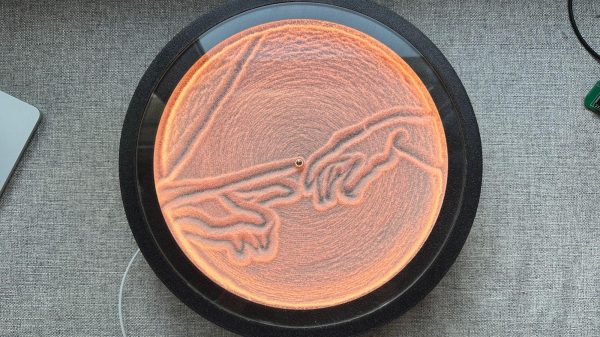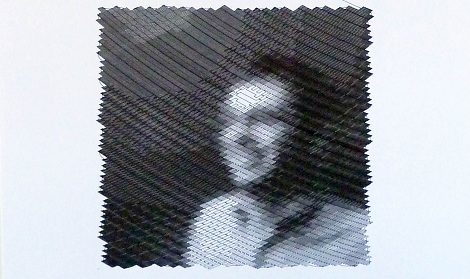Humans have always drawn lines in the sand, whether it’s to communicate a plan of attack or to indicate metaphorically a very real boundary. It’s also something we do just for the aesthetic pleasure, and this plotter from [aidenvigue] is great at performing in just that role.
The plotter traces patterns in the circular sand tray by dragging a small marble with a magnet. This is achieved with a pair of NEMA 17 stepper motors, set up in a polar coordinate fashion. One stepper motor controls the angle, while another motor controls the marble’s distance from the center point of the circle. It’s a simple way to build a circular plotter, and works far better than a Cartesian setup would for this geometry. The build uses an ESP32 as the brains of the operation. It hosts a web interface that allows various patterns to be selected and run on the device. It also runs a set of addressable SK6812 LEDs that light the sand rather nicely.
We’ve seen some great sand plotters before, and have always been particular fans of the larger variety. Video after the break.















